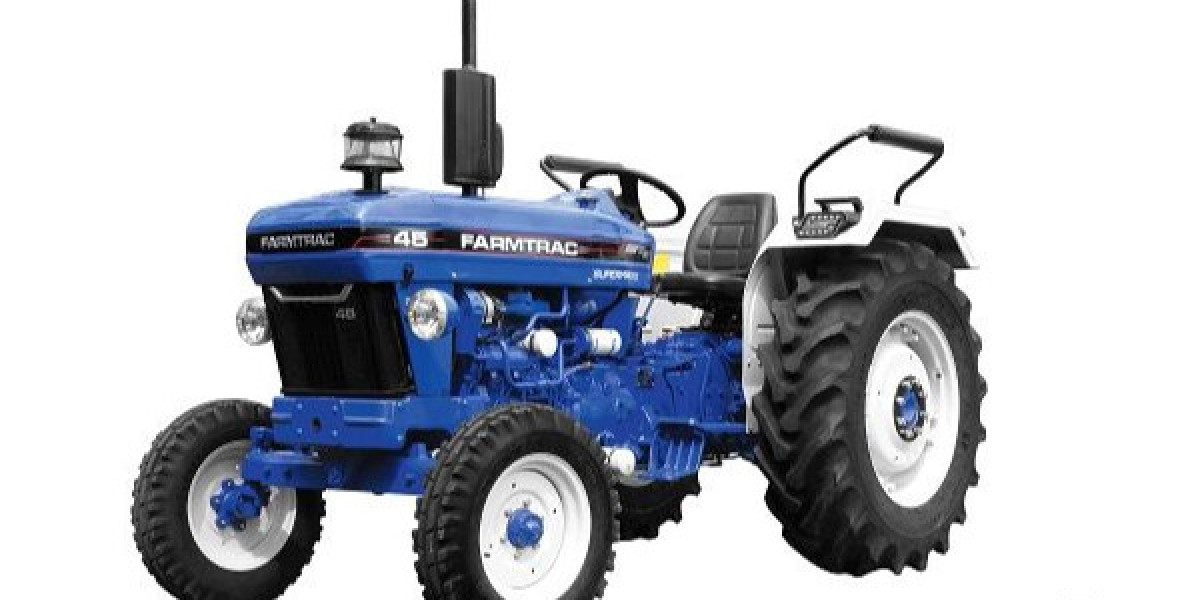Safety signage is a fundamental aspect of health and safety management on construction sites across the UK. It serves as a visual communication tool, alerting workers and visitors to potential hazards and guiding safe practices. Foamex, a versatile and durable material, has become increasingly popular for producing high-quality safety signs. This article explores the importance of safety signage, the advantages of using Foamex, and best practices for designing effective signs that comply with UK regulations.
Why Choose Foamex for Safety Signs?
Foamex, a rigid PVC foam sheet, offers several benefits that make it an ideal material for safety signage on construction sites:
- Durability: Closed-cell PVC foamboard, commonly known as foamex printing is highly resistant to various weather conditions, making it ideal for outdoor signage. Its durability against rain, wind, and sunlight ensures long-lasting performance in outdoor environments.
- Lightweight: Foamex signage is lightweight and easy to handle, facilitating quick installation without compromising its strength and durability.
- High-Quality Printing: Foamex's smooth, flat surface ensures crisp, vibrant graphics, making it ideal for high-quality signage and displays.
- Cost-Effective: Provides a perfect balance of high-quality service and affordability, ensuring great value for your investment.
- Customisable: Offered in multiple thicknesses and sizes, tailored to meet diverse needs and specifications for optimal performance.
The Importance of Safety Signage on Construction Sites
Construction sites are inherently hazardous environments. According to the Health and Safety Executive (HSE), there were 30 fatalities in the UK construction sector between April 2021 and March 2022, making it one of the most dangerous industries. Additionally, there were approximately 61,000 non-fatal injuries reported during the same period. These statistics underscore the critical need for effective safety measures, including clear and compliant signage.
Safety signs play a vital role in:
- Risk Communication: Effectively conveying essential hazard information through clear signage, labels, and training is crucial for preventing workplace accidents and ensuring safety.
- Legal Compliance: Employers must provide and maintain safety signs where significant risks remain after other controls, ensuring compliance with the Health and Safety (Safety Signs and Signals) Regulations 1996.
- Preventing Accidents: Safety signage plays a crucial role in guiding safe behavior and reducing workplace incidents by clearly communicating potential hazards, reinforcing safety protocols, and fostering a culture of awareness and compliance.
Table 1: Comparison of Signage Materials
Material | Durability | Weather Resistance | Cost | Customisation |
Foamex | High | Excellent | Moderate | High |
Correx | Medium | Good | Low | Moderate |
Dibond | Very High | Excellent | High | High |
Acrylic | Medium | Moderate | High | High |
Disclaimer: The above table provides general comparisons and may vary based on specific usage and environmental factors.
Designing Effective Safety & Warning Signs
Creating effective safety signs involves careful consideration of design elements to ensure visibility and comprehension:
- Colour Coding: Use standard colours strategically to communicate specific messages, enhancing clarity and impact.
- Red: Prohibition or fire-related information.
- Yellow/Amber: Warnings.
- Blue: Mandatory actions.
- Green: Emergency escapes or first aid.
- Pictograms: Utilizes widely recognized symbols to break language barriers, ensuring clear communication across diverse audiences and cultures.
- Typography: Choose clear, easy-to-read fonts with the right size to ensure readability from a distance, enhancing visibility and accessibility.
- Layout: Structure information in a logical flow, highlighting key messages first to ensure clarity and easy comprehension.
Compliance with UK Regulations
Safety signage on construction sites must adhere to specific regulations to ensure effectiveness and legal compliance:
- Health and Safety (Safety Signs and Signals) Regulations 1996: Mandates the use of safety signs where risks cannot be eliminated or controlled by other means.
- BS EN ISO 7010: Outlines the design for security signs, including colours of symbols, in order to maintain consistency and recognition.
Employers are responsible for maintaining signage, ensuring it remains visible and legible, and providing training to employees on the meaning of signs.
Installation and Maintenance Best Practices
Proper installation and maintenance of safety signs are crucial for their effectiveness:
Installation Tips:
- Display signs at a glance and in prominent spots.
- Ensure signs are securely fixed to prevent displacement.
- Avoid placing signs where they may be obstructed.
Maintenance Guidelines:
- Regularly inspect signs for damage or fading.
- Clean signs to maintain visibility.
- Replace any signage that are not anymore visible or have become outmoded.
Cost Considerations and Customisation Options
The cost of Foamex safety signs varies based on size, thickness, and design complexity. For detailed pricing information, please refer to website.
Customisation options include:
- Sizes: Custom dimensions designed to perfectly fit the unique requirements of each site, ensuring a precise and effective solution.
- Thicknesses: Various options available to meet diverse durability requirements, ensuring optimal performance for different conditions and environments.
- Graphics: Custom designs featuring your company branding or specific messages, tailored to reflect your unique identity and communicate effectively.
Table 2: Foamex Sign Pricing Examples
Size (mm) | Thickness | Approximate Cost |
300 x 400 | 3mm | £6.70 |
600 x 800 | 3mm | £28.10 |
1000 x 1500 | 5mm | £80.00 |
1200 x 2400 | 5mm | £120.00 |
Disclaimer: Prices are indicative and may vary based on quantity, customization, and supplier; please confirm with vendors for the most accurate and up-to-date pricing.
What is Exhibition Board?
An exhibition board is a display tool commonly used at events, trade shows, or exhibitions to showcase information, products, or services. Typically made from durable materials like foam board or fabric, these boards are designed to present content in a visually appealing and organized manner. They are highly customizable, allowing businesses to highlight key messages, branding, and visuals to attract attention.
Uses of Exhibition Boards:
- Displaying product information or promotional content.
- Highlighting company branding and logos.
- Presenting key statistics, charts, or data.
- Providing directional guidance at events or exhibits.
- Showcasing artwork or creative presentations.
- Increasing exposure and drawing customers to trade exhibitions.
Conclusion
Incorporating Foamex safety and warning signs on construction sites significantly enhances hazard communication, ensures regulatory compliance, and fosters a safer work environment. These durable, weather-resistant signs offer clear, high-visibility messaging crucial for preventing accidents and guiding site behavior. Their customizable design allows for tailored safety instructions, while their lightweight nature facilitates easy installation. By choosing Foamex Printing Company, you benefit from expert craftsmanship, rapid delivery, and signage solutions that meet industry standards—ensuring both safety and peace of mind on every project.




